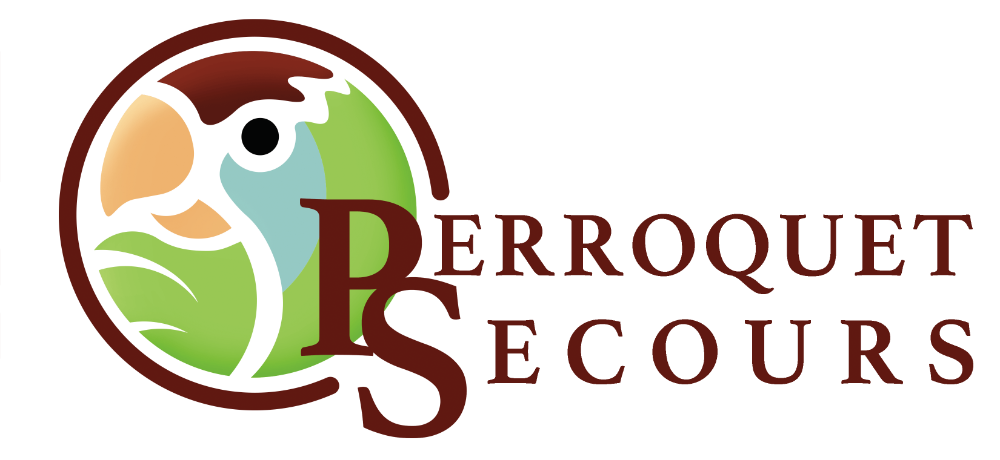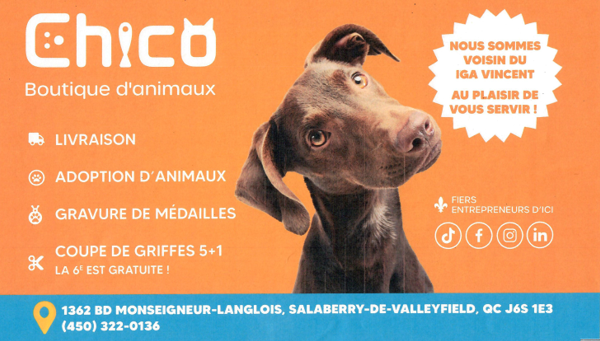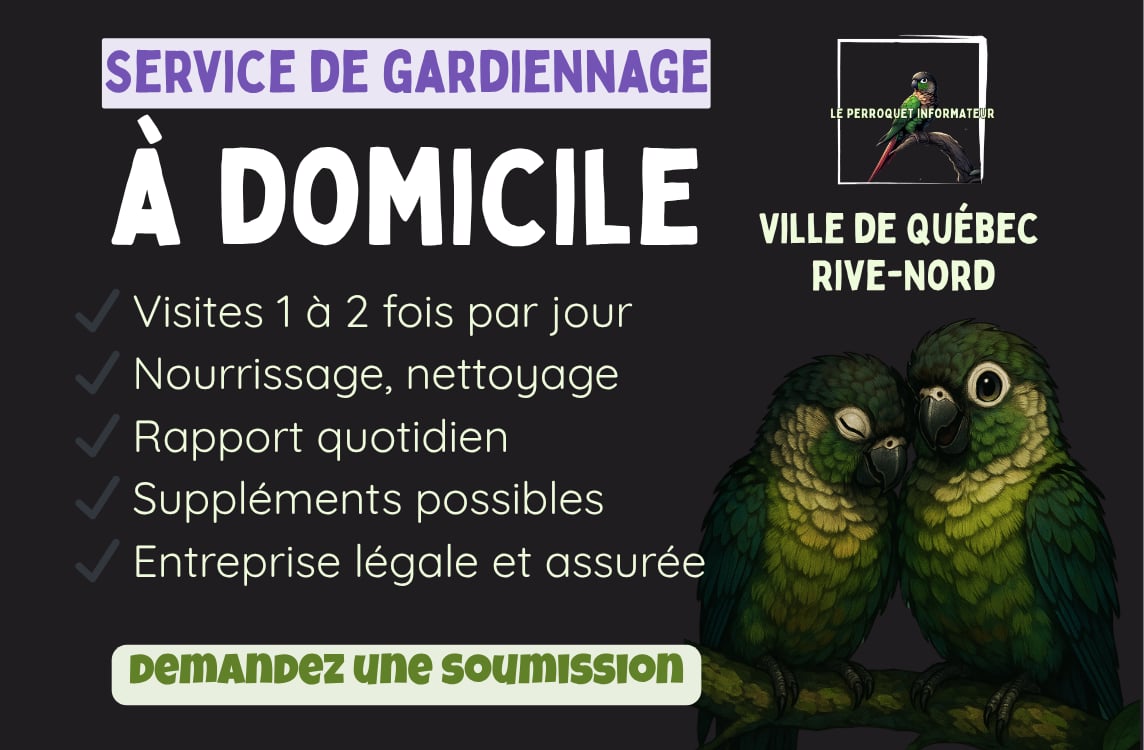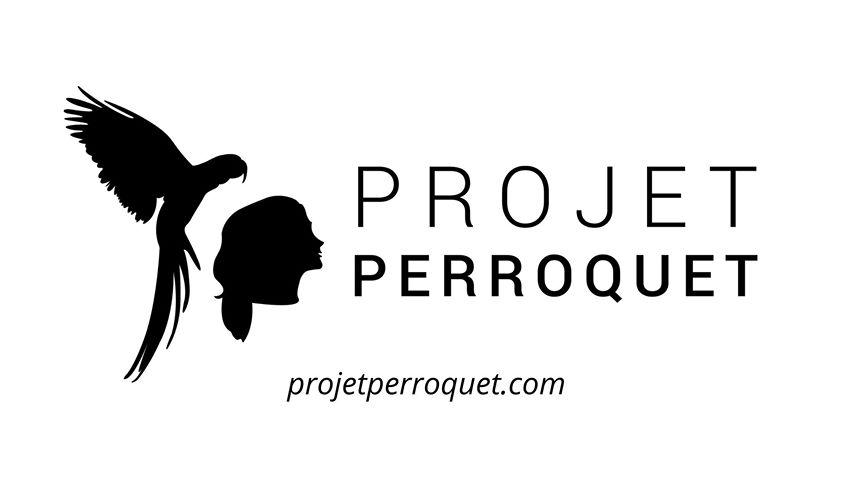Comment fabriquer une cage hôpital?
Dans l’attente de voir un vétérinaire, un perroquet malade doit être immédiatement séparé de ses congénères. Cette précaution vaut non seulement pour empêcher la contagion mais aussi pour protéger l’oiseau malade d’une attaque possible de ses semblables contre lesquels, vu son état vulnérable, il serait incapable de se défendre. Un perroquet en isolement est plus facile à surveiller, en particulier en ce qui concerne l’aspect de ses fèces et sa consommation d’eau et de nourriture. Vous pouvez à cet effet placer l’oiseau malade dans une cage-hôpital; voici comment :
- Cette cage doit être fabriquée avec des matériaux faciles à nettoyer et à désinfecter. Un transporteur ou une cage de vacances fera très bien l’affaire. Un aquarium en verre placé sur le côté avec un moustiquaire ou un grillage sur le devant bien fixé pour avoir accès à l’oiseau facilement.
- On évitera de mettre des perchoirs si l’oiseau ne se perche pas, sinon devraient tous être installés très bas. Si l’oiseau n’est pas stable, il vaut mieux mettre un linge doux au fond de la cage pour amortir les chutes.
- Il vous faut apporter de la chaleur à l’animal; le malade doit être à une température stable d’environ 30 degré Celsius. Le volatile traité de cette façon réagira mieux aux soins prodigués. Vous pouvez dans ce cas approcher une lampe à rayons infrarouges de la cage et si vous optez pour cette option, vous devrez vérifier régulièrement la température avec un thermomètre, pour éviter qu’elle n’atteigne une chaleur trop excessive. Vous pouvez aussi utiliser un coussin, un tapis ou une couverture chauffante que vous pouvez installer sous ou autour de la cage.
- L’eau et la nourriture doivent être très facilement accessibles au malade. Les aliments donnés au perroquet malade seront digestes et énergétiques, selon les recommandations du vétérinaire. Si l’oiseau refuse de manger, vous devrez peut-être avoir recours à la pâtée administrée à l’aide d’une seringue.Il est impératif de voir un vétérinaire le plus tôt possible !
How to make a hospital cage?
THE HOSPITAL CAGE
One of the most important accessory for emergencies is the hospital cage. An exhibition cage closed on three sides can be used; we add a thermometer inside where the temperature must be maintained between 28 and 33 degrees Celsius. Food and water will be placed at the bottom of the cage on a white paper or cloth to check the bird’s droppings. This paper/cloth will be changed once or twice a day because the bird can become recontaminated by its own droppings. Avoid disturbing the bird too much and monitor it from distance. Consult an avian veterinarian as soon as possible if this has not already been done.
FIRST AID
Heat and food are the two most important things to consider while waiting to see a veterinarian. The bird must be kept calm and not handled.
THE HEAT
The temperature must be maintained between 28 C-33 C. A temporary incubator can be set up by placing a heating pad at the bottom or around the cage and covering it entirely (or ¾ depending on the intensity of the heat) with towels. or with a blanket. An infrared bulb (or 100 watt) can also be used as a heat source. If the bird starts breathing quickly and keeps its wings away from its body, the temperature is too high. We must therefore monitor the bird regularly. Certain types of fuel (such as kerosene, butane) should be avoided for heating if the bird is near them.
FOOD
You should encourage the bird to eat as much as possible. Place food containers next to where the bird is perching. If the bird is not on the perch, spread food across the bottom of the cage. If necessary, you can even hand feed the bird by offering it its favorite foods. The smaller the bird, the more fragile it is and the more immediate care it needs. DO NOT GIVE ALCOHOL OR OIL.
TRANSPORT
If you do not have a transport cage to take the sick bird to the veterinarian, place it in a box lined with a cloth or blanket. Make holes in the top of the box. Don’t put a container of water in it, but put some of his favorite food in there. If you have to transport it during the cold season, wrap the box with a thick towel or blanket, then place everything in a plastic bag as a windbreaker. Once in the car, partially remove the plastic to allow air circulation. If possible, travel with a companion and hold the box on your lap.
The veterinarian will need the paper that served as the bottom of the cage for the last 24 hours to check for droppings. Also bring treats that will encourage the bird to eat in case it needs to be hospitalized.
How to make a hospital cage?
While waiting to see a veterinarian, a sick parrot must be immediately separated from its peers. This precaution is valid not only to prevent contagion but also to protect the sick bird from a possible attack from its peers against whom, given its vulnerable state, it would be incapable of defending itself. A parrot in isolation is easier to monitor, particularly regarding the appearance of its feces and its water and food consumption. For this purpose, you can place the sick bird in a hospital cage; here’s how:
- This cage must be made with materials that are easy to clean and disinfect. A carrier or a holiday cage will do the job very well. A glass aquarium placed on its side with a mosquito net or mesh on the front securely attached for easy access to the bird.
- We will avoid putting perches if the bird does not perch, otherwise they should all be installed very low. If the bird is not stable, it is better to put a soft cloth at the bottom of the cage to cushion any falls.
- You need to provide warmth to the animal; the patient must be at a stable temperature of around 30 degrees Celsius. The bird treated in this way will respond better to the care provided. In this case, you can bring an infrared ray lamp close to the cage and if you opt for this option, you will have to regularly check the temperature with a thermometer, to prevent it from reaching excessive heat. You can also use a cushion, mat or heated blanket that you can place under or around the cage.
- Water and food must be very easily accessible to the patient. The food given to the sick parrot will be digestible and energetic, according to the veterinarian’s recommendations. If the bird refuses to eat, you may need to resort to mash administered using a syringe.
It is imperative to see a veterinarian as soon as possible!












